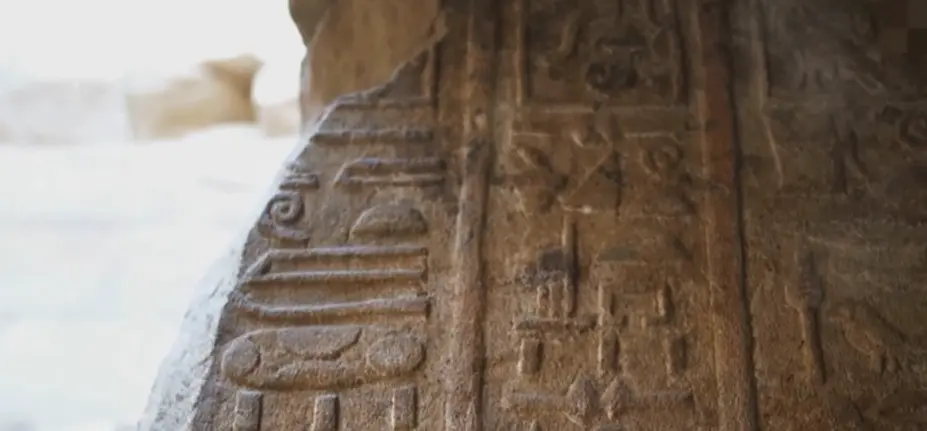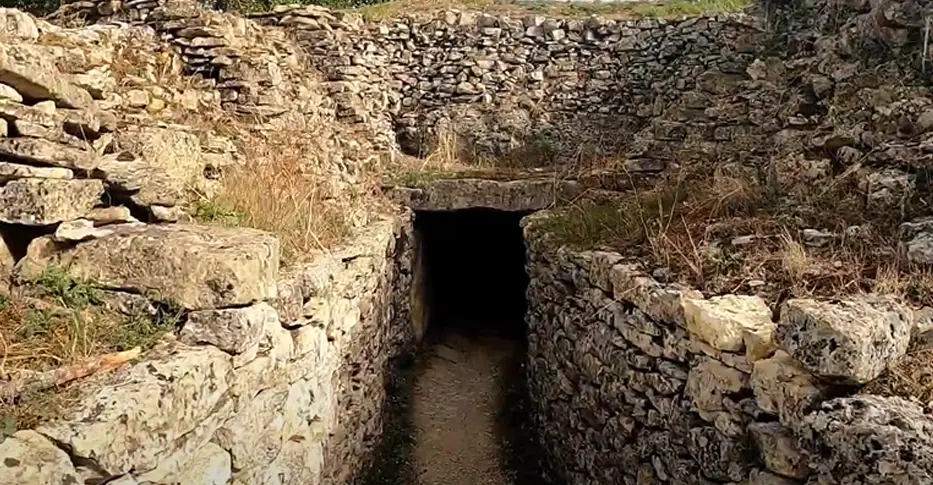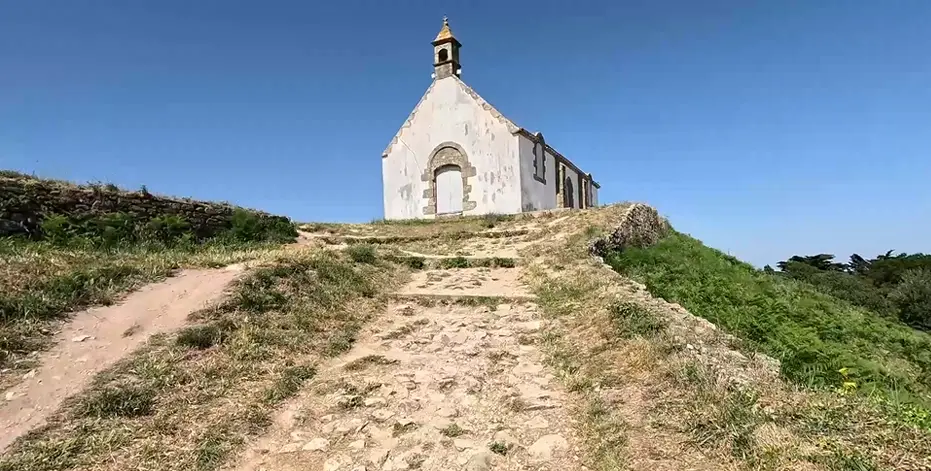These ancient structures are more than stones—they are witnesses to early human life, innovation, and ritual. From megalithic tombs to early temples, these remarkable sites have withstood millennia, offering a glimpse into humanity’s distant past.
1. Cairn of Barnenez, France – 4850 BCE

Why visit: One of the world’s oldest megalithic structures, located in Brittany.
- Contains 11 passage tombs inside a 72-meter-long, 9-meter-high cairn.
- Features engraved stones, showcasing early Neolithic religious or ceremonial life.
2. Tumulus of Bougon, France – 4700 BCE

Why visit: A necropolis in western France with five burial mounds.
- Constructed from massive stone slabs, reflecting early engineering skills.
- Represents spiritual beliefs and burial practices of the New Stone Age.
3. Tumulus Saint-Michel, France – 4500 BCE

Why visit: The largest grave mound in continental Europe (12 meters high, 125 meters long).
- Includes a chapel at the summit and jadeite artifacts, indicating high-status burials.
- Located near Carnac’s famous standing stones, emphasizing its ritual significance.
4. Monte d’Accoddi, Italy – 4000 BCE
Why visit: Known as the “step pyramid of Italy” in Sardinia.
- Likely used for religious rituals or astronomical observations.
- Features a ramp-access platform but no inner chambers, merging Mesopotamian and European influences.
5. Knap of Howar, Scotland – 3700 BCE
Why visit: One of Europe’s oldest preserved stone houses, on Orkney’s Papa Westray Island.
- Two connected stone buildings, part of a Neolithic farmstead.
- Buried under sand for centuries, preserving details of early domestic life.
6. Ġgantija Temples, Malta – 3600–3200 BCE
Why visit: Among the oldest free-standing monuments on Earth, predating Stonehenge and the Egyptian pyramids.
- Built with massive limestone blocks, likely sites of fertility worship.
- Demonstrates advanced planning and Maltese innovation in religious architecture.
7. West Kennet Long Barrow, England – 3650 BCE
Why visit: A Neolithic chambered tomb in Wiltshire, used for over 1,000 years.
- Contained tools, pottery, and human remains.
- Aligned with other sacred sites like Avebury, forming a prehistoric ceremonial network.
Final Thoughts
These buildings reveal humanity’s earliest architectural skills, spiritual beliefs, and daily life, standing tall as testaments to innovation over 6,000 years ago. Visiting them is a journey into the dawn of civilization, where stone and story merge across millennia.